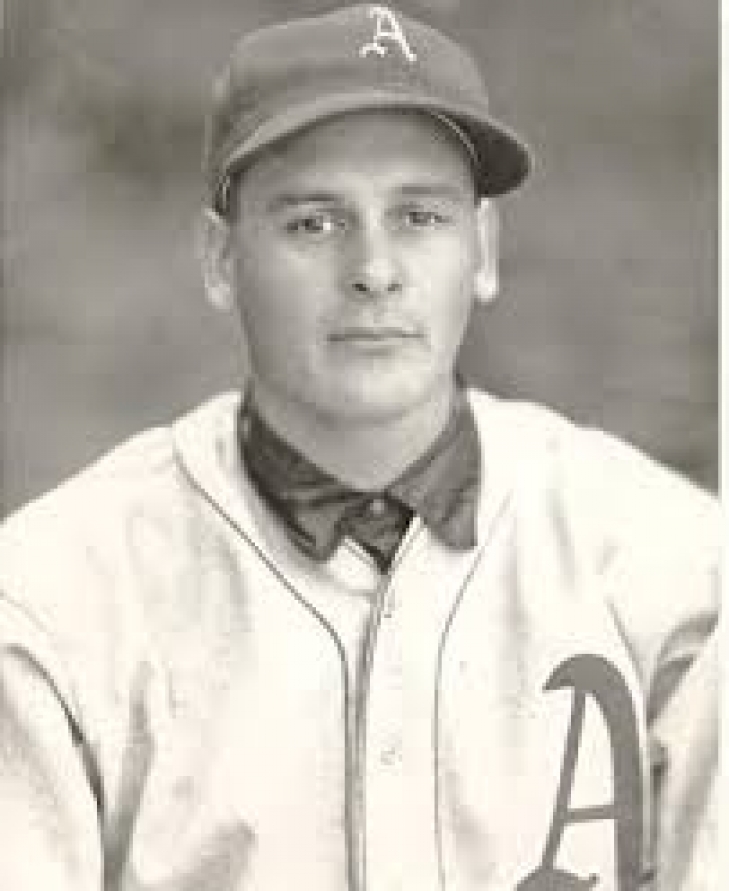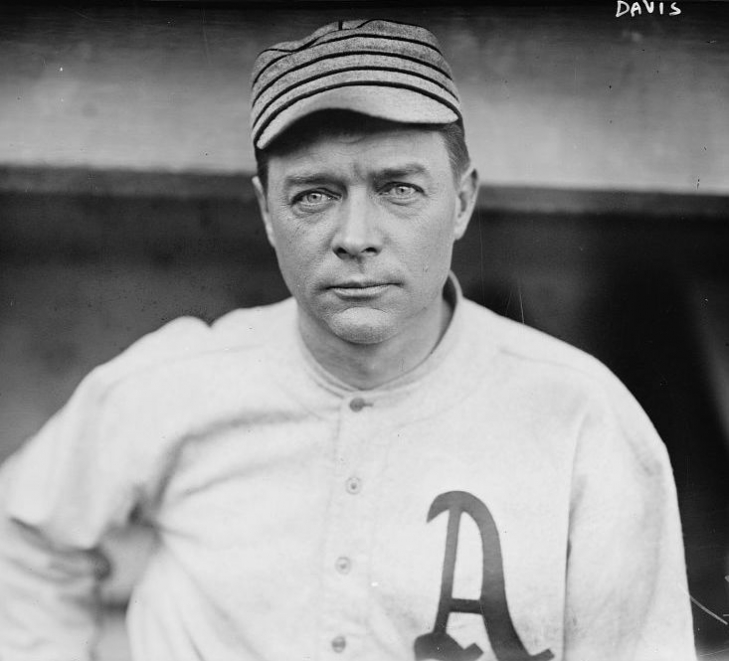Warning: Attempt to read property "params" on null in /home/notinhal/public_html/plugins/k2/k2canonical/k2canonical.php on line 382
24. Max Bishop
Max Bishop was one of the better defensive players of his day and had there been a Gold Glove award in his day, and there is a good chance that he would have nabbed a few.
18. Mickey Cochrane
Mickey Cochrane was sought after by Connie Mack, who pried him from Portland of the Pacific Coast League after the 1924 season. Mack wasted no time inserting Cochrane as a starter for the Athletics, and he was quickly entrenched as one of the best hitting Catchers of the game.
28. Rube Walberg
Rube Walberg holds the dubious distinction of serving up the most home runs to Babe Ruth with 17. That might seem like a strange way to open, but remember the Athletics thought enough of him to keep putting him on the mound.
42. Jack Coombs
For the first four seasons of his Major League career, Jack Coombs was an average Pitcher at best and did not have any remarkable moments. He was 35-35, and in 1910, his season started so poorly that he was demoted to the bullpen. The legend has it that he rediscovered his overhand curve, and he went on a tear that had no equal in Athletics history.
15. Bob Johnson
Bob Johnson was a very good player who arguably had the misfortune of playing for the Philadelphia Athletics at a time when they were not that good. As such, many of his accomplishments went unnoticed, but that is one of the reasons why we are here.
17. Harry Davis
Harry Davis began his pro career in the National League in 1895, and other than leading the league in Doubles in 1897, it was reasonably non-descript as it was spent with four teams (New York Giants, Pittsburgh, Louisville, and Washington). He played for the minor league Providence Grays in 1900 and was ready to call it a career when Connie Mack came calling. Mack convinced Davis to play for him, and it was a win-win for both parties.
14. Home Run Baker
When you are called "Home Run," it would make perfect sense that you would be an individual that won four Home Run Titles. Although, this was the dead ball era, and the man in question did so with totals of 11, 10, 12, and 9.
13. Eddie Rommel
Signed by Connie Mack before the 1920 season, Eddie Rommel would find a home in Philadelphia, which would be the only team he would play for in the Majors.
6. Eddie Collins
Eddie Collins was signed by the Philadelphia Athletics in 1906, and by 1909 he was the team's starting Second Baseman. That year he would swipe 63 bases and bat .347, the perfect showcase of what was to come. Collins was part of an excellent Philadelphia team that in 1910 would win the World Series, and that season he would lead the AL in Stolen Bases with 81, which made him the first player to ever tally the 80 plus mark.
5. Al Simmons
Al Simmons joined the Philadelphia Athletics when he was acquired from Milwaukee of the American Association before the 1924 Season. He would have a great rookie season with 183 Hits and a .308 Batting Average, so it was clear that he was a good hitter, but what he would do afterward would make his first year in the Majors look, pedestrian.
8. Rube Waddell
Rube Waddell’s reputation of being somewhat of an oddball was known before the Philadelphia Athletics signed him, so they knew what they were getting into. What they may not have known was just how good he was going to be for them.
3. Eddie Plank
Signed in 1901, Eddie Plank would have a good rookie season for the Philadelphia Athletics, where he won 17 Games. That is a good number, but it would take seven seasons before he had anything lower than that.
2. Lefty Grove
There were a lot of different players to consider when we were looking at the greatest Athletic of all-time.
4. Jimmie Foxx
Jimmie Foxx was signed by the Philadelphia Athletics as a teen in 1925, and he would emerge as one of the most lethal power hitters in not just Athletic history but that of all of Baseball.















